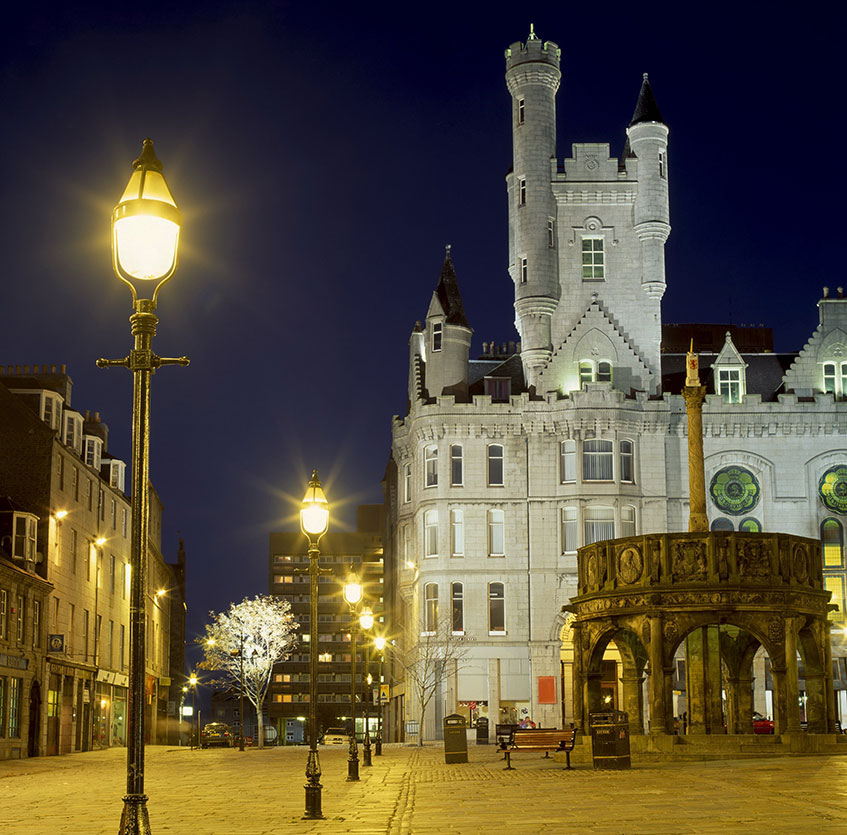Record volumes of overseas capital are flowing into Scotland – a trend that looks set to continue despite political and economic headwinds in the short term.
For many, when they think of Scotland they think of deep lochs, historic castles and stunning scenery, which is why it has been named the most beautiful country in the world. It has a thriving tourist industry attracting millions of visitors each year, but more recently it has caught the attention of international property investors, with record amounts of overseas capital flowing into the country.
Scotland has retained the title of top UK destination for foreign direct investment outside London – a position it has held for six out of the past seven years, according to a recent report from EY. In the first half of 2019 alone the figure surpassed half a billion pounds.
It has proven that it is a resilient country, having navigated the Scottish referendum in 2014 and the decision to leave the European Union in 2016, demonstrating that the economy is robust and unwavering – an important attribute for attracting and retaining investment and talent.
These events changed the make-up of investors in Scotland, with international investors taking advantage of the weakening pound and increasing caution being displayed by domestic investors to escalate investment in attractive commercial real estate opportunities.
During these events, the proportion of overseas investment jumped considerably. Almost a quarter (22%) of investment came from overseas capital in 2013, before the Scottish referendum, which rose to almost two-thirds (63%) in 2016, the year of the European referendum.

Favourable factors
In addition, a booming tourist industry, a talented workforce and a diverse selection of businesses allows investors a variety of attractive sectors to invest in.
Together with more attractive yields on offer relative to other regional cities, relatively long leases compared with most other major jurisdictions and a long-established and mature legal system, the pull of international capital to Scotland will remain firm.
In the first half of 2019, almost half (49%) of all commercial real estate investment came from overseas, with no signs of demand abating in the second half of the year.
More than half a billion pounds (£575m) of international capital was transacted in commercial real estate in the first half of 2019 – the largest volume of investment since 2016. There is also no one country that dominates the landscape – with vast sums of money coming from across Asia, Europe and the Middle East. Asian investors do lead the pack, however, investing £240m in Scotland in H1, surpassing the £180m they invested in the whole of 2018.
The largest deal this year was done by German investors, who bought 4-8 St Andrew’s Square for £120m. European money accounted for the second-largest proportion of inward capital, with £200m being invested in the first half of 2019.

Offices in vogue
The office sector has proven to be the most popular sector, with £494m being invested, 79% of that coming from overseas. If we look at the second quarter alone, 93% of the £400m of deals completed in office investment came from international investors.
One of the main drivers for investment in this sector is the strong occupational demand and low supply in the market. For instance, Edinburgh is a city that continues to attract and employ a skilled workforce. It is a thriving city with a strong economy.
However, there is evidence that a number of significant requirements cannot be met by existing supply, which is driving prelet activity and putting further pressure on the development pipeline to cater both for businesses that are expanding their workforce and for new entrants to the market.
The tech sector has grown substantially in recent years, and the city was recently recognised as one of the UK’s most thriving tech hubs – almost nine out of ten grade-A deals came from tech industries earlier this year, according to a Savills report on Edinburgh offices.

Demand-supply imbalance
In Glasgow, the severe lack of grade-A office space, paired with strong occupier demand, is putting upward pressure on rents. Current occupier demand in the city centre exceeds grade-A supply levels by more than 500%, presenting an attractive investment opportunity.
Even Aberdeen’s market – one that has traditionally been linked with the oil and gas sector – is showing firm signs of recovery. The level of requirements in the city is a positive indication about the market, and we could be pleasantly surprised about how it performs in the second half of the year.
While it would be foolish not to acknowledge that political and economic uncertainties do remain in the short to medium term, investors will continue to see Scotland as a solid investment opportunity that delivers value compared with other UK regions.
Investors will look at risk relatively, and with each geography facing its own challenges, the UK remains a stable country compared with many others.
Nick Penny is head of Savills Scotland












